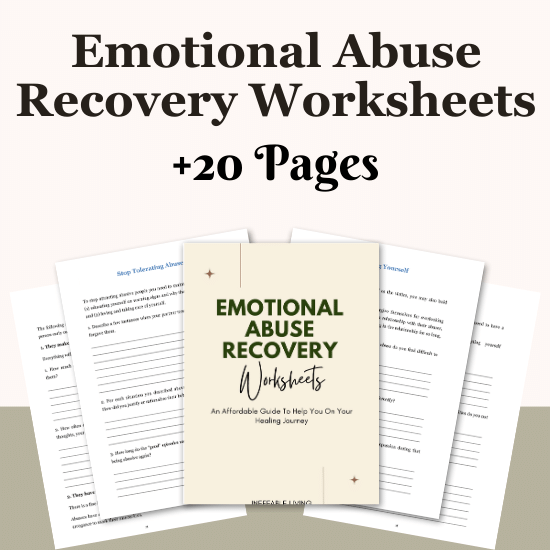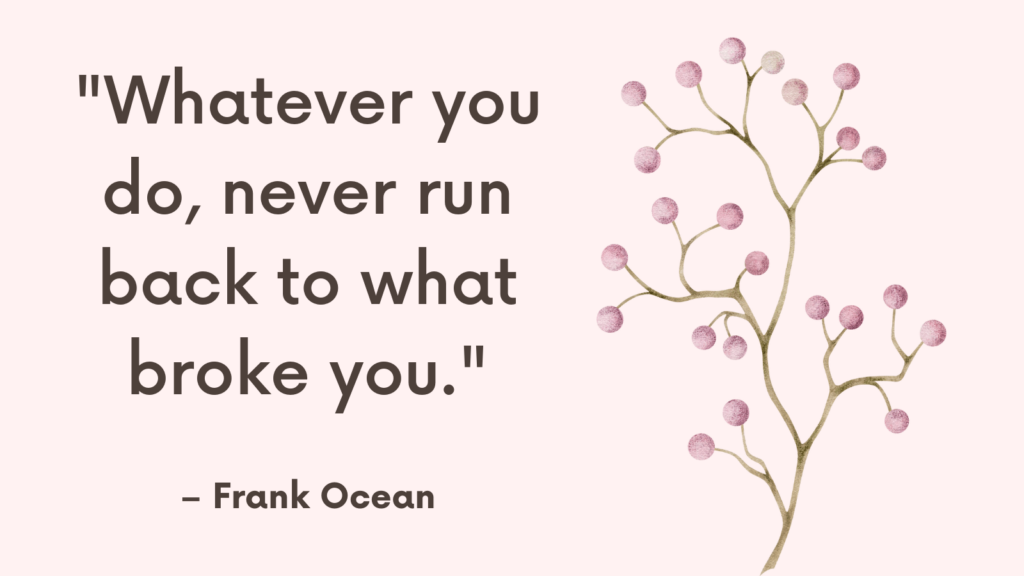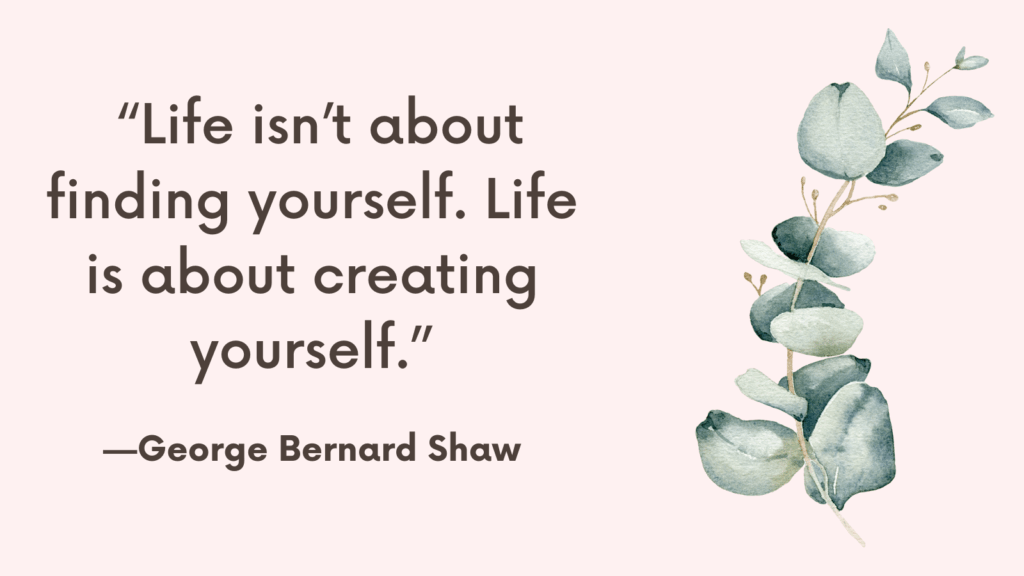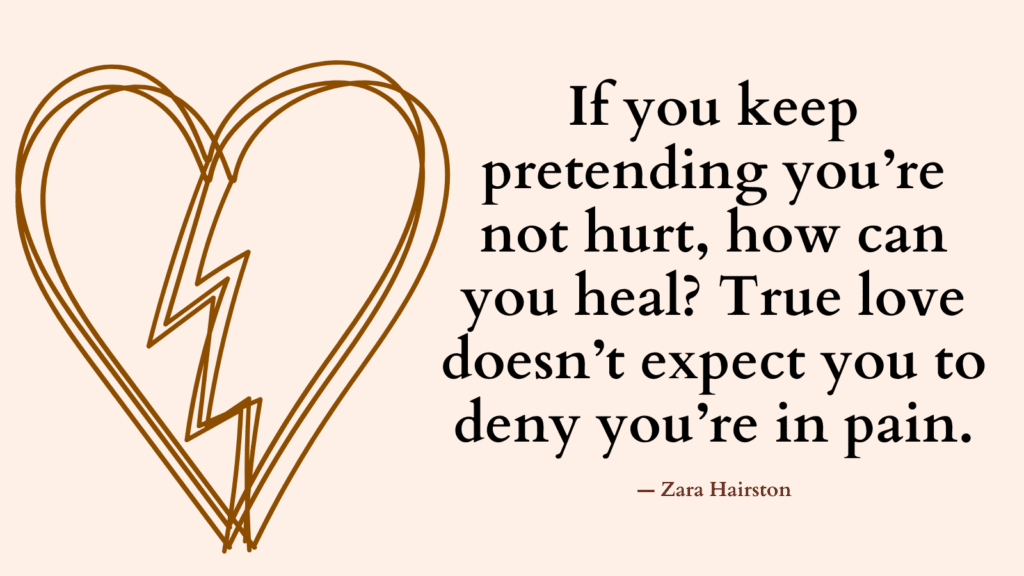In this post, you’re going to learn all about healing from hidden abuse.
What Is Hidden Abuse?
Hidden abuse, often referred to as covert abuse, is a form of emotional and psychological maltreatment that is not easily seen or recognized by outsiders, and sometimes even by the victims themselves.
Unlike overt abuse, which includes visible and clear forms of harm (such as physical violence or direct verbal insults), hidden abuse consists of subtle, manipulative behaviors designed to control, diminish, and undermine the victim.
This type of abuse can occur in various relationships, including romantic partnerships, families, friendships, and workplaces.
Characteristics of Hidden Abuse
– Gaslighting: Making the victim question their reality or sanity through denial of facts, lying, or presenting false information.
– Passive Aggression: Expressing negative feelings indirectly rather than openly addressing them, through sarcasm, silent treatment, or backhanded compliments.
– Isolation: Gradually isolating the victim from friends, family, and support networks, often under the guise of concern or jealousy.
– Financial Control: Exerting control over the victim’s financial resources, making them financially dependent.
– Neglect: Failing to meet the emotional or physical needs of a partner, child, or dependent, often subtly, to avoid detection.
– Emotional Withholding: Intentionally withholding affection, support, or communication as punishment or control.
– Manipulation: Using guilt, sympathy, or emotional manipulation to control the victim’s actions or decisions.
– Covert Intimidation: Subtly threatening or intimidating the victim in ways that may not be illegal or overtly aggressive but still evoke fear.
– Invalidation: Consistently belittling, dismissing, or invalidating the victim’s thoughts, feelings, or experiences.
– Scapegoating: Blaming the victim for issues or problems, often projecting the abuser’s own faults onto them.
Related: 10 Toxic Communication Styles to Avoid In a Relationship
Top 10 Tips on Healing From Hidden Abuse
1. Educate Yourself
Learning about hidden abuse can help you understand the dynamics of what happened to you.
Knowledge is empowering and can help dismantle the confusion and self-doubt caused by gaslighting and manipulation.
2. Seek Professional Help
A therapist who specializes in abuse and trauma can provide you with the tools and support you need to heal.
Therapy offers a safe space to process your experiences and feelings.
Related: Healing From Emotional Abuse In 12 Practical Steps
3. Establish No Contact
If possible, completely cutting off contact with the abuser is crucial for your healing.
In cases where no contact is not possible, establish strict boundaries to protect yourself.
4. Build a Support System
Surround yourself with understanding friends, family members, or support groups who can provide you with emotional support and validation.
Related: Best Support Groups For Emotional Abuse (Online & In Person)
5. Practice Self-Compassion
Hidden abuse can severely impact your self-esteem.
It’s essential to treat yourself with kindness, patience, and understanding as you navigate your recovery.
6. Process Your Emotions
Allow yourself to feel and express the full range of emotions that come with leaving an abusive situation, including grief, anger, sadness, and relief.
7. Reclaim Your Identity
Abuse can erode your sense of self. Spend time rediscovering your interests, values, and goals.
Engage in activities that bring you joy and fulfillment.
8. Challenge Negative Self-Talk
Victims of hidden abuse often internalize the criticism and manipulation they experienced.
Work on identifying and challenging negative beliefs about yourself.
Related: Can Abusers Change? Top 17 Myths About Abusive Men That Make Women Stay With Abusers
9. Set Healthy Boundaries
Learning to set and enforce healthy boundaries is crucial for all your relationships moving forward.
Boundaries help protect your well-being and prevent future abuse.
10. Develop a Self-Care Routine
Regular self-care practices can improve your mental health and well-being.
This can include physical activity, mindfulness, hobbies, or anything that helps you feel grounded and centered.
11. Empower Yourself
Empowerment comes from taking back control over your life.
Make decisions that align with your well-being and start taking steps towards the life you want to live.
12. Focus on the Future
While it’s important to process the past, try to focus on building a positive future.
Set personal and professional goals and work towards achieving them.
Related: Best 10 Emotional Abuse Books

Conclusion
Healing from hidden abuse involves confronting the pain of the past, understanding the dynamics of the abuse, and working towards rebuilding your sense of self and trust in others.
Remember, you are not alone, and with the right tools and support, you can overcome the effects of hidden abuse and lead a fulfilling life.



